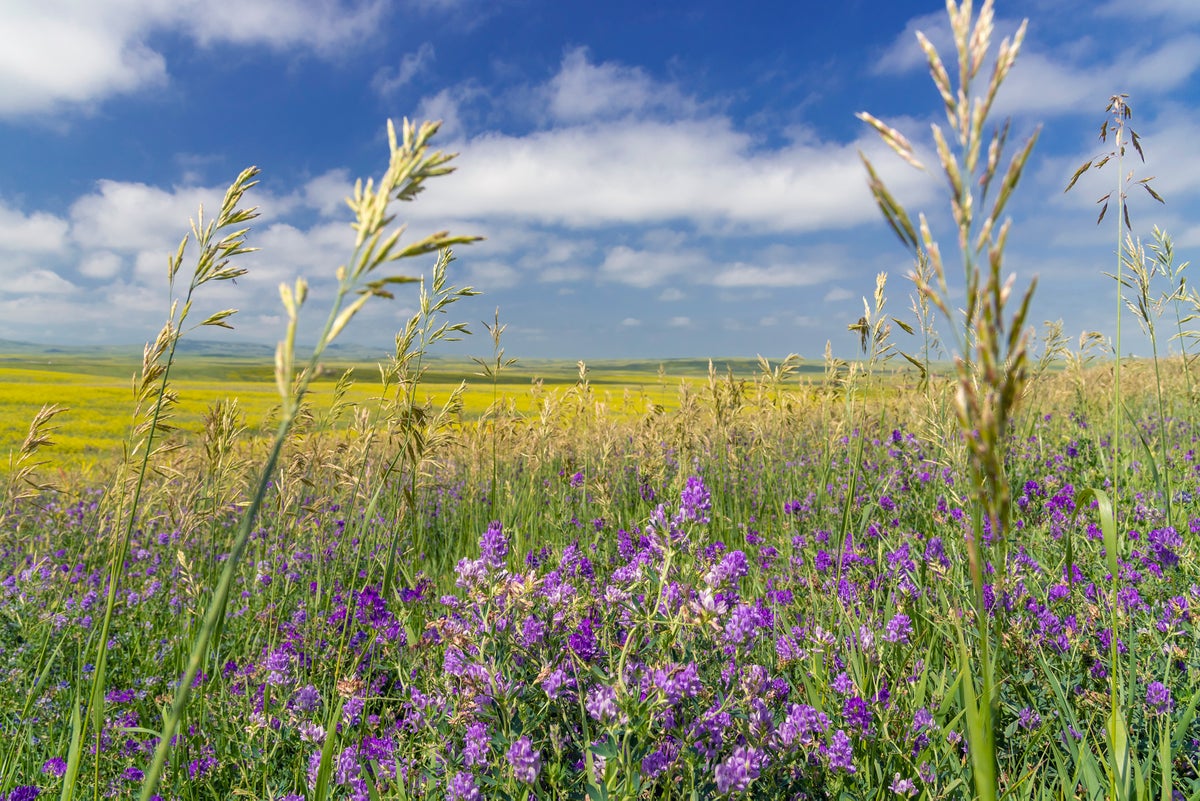sixfootfenwick
Well-known member
Delayed mortality studies of angled trout have largely focused on comparisons among various terminal tackle types and fishing/presentation styles. Actual angler use measurements have not usually been added as a variable to estimate delayed mortality in particular fishery. In the Spring Ck angler use and harvest study, however, it was estimated that each fish was captured five times in one season as I recall and that this frequency of capture using accepted delayed mortality rates for the various gear types in proportion to their usage by anglers during the study indicated that the abundance of larger fish COULD be impacted in the long run. I do not think that tight line or Euro style fishing with nymphs was a separate angling technique variable. In fact, I have never seen a delayed mortality study of tight line vs conventional presentation except where it pertained to C&R in a RT stream using bait in Idaho. If I am reporting anything inaccurately here, I urge Troutbert to correct my recollections concerning the Spring Ck study.
Pertaining to some other comments here and elsewhere in this forum in the past, stocking adult RT over a wild RT population in Idaho had NO IMPACT on any of the multiple wild trout population standard metrics examined. Most of the stockies disappeared in a relatively short period of time. If I recall correctly, it was in the neighborhood of a month to six weeks.
Not saying you are wrong but....
Isn't the fish per mile in spring at about 2000?
So 10000 fish are caught per mile in spring a year? I find that surprising yet believable.
Surprising because I've seen the fumbling anglers there, believable because of the amount of anglers and angler hours put in on that stream.




